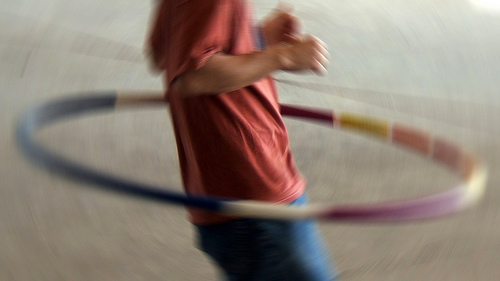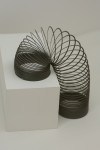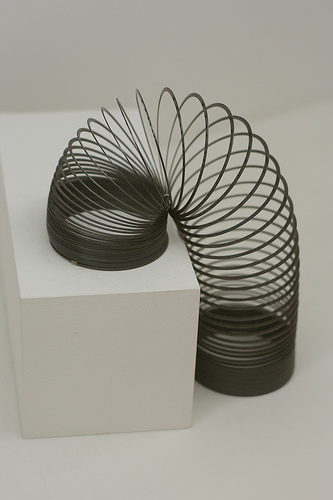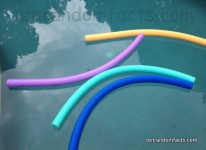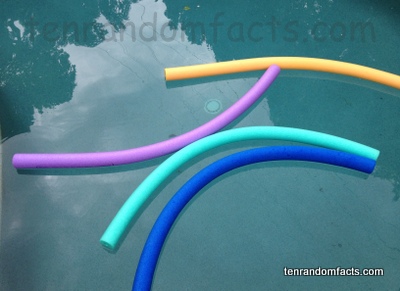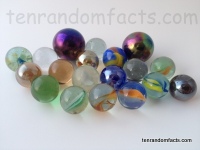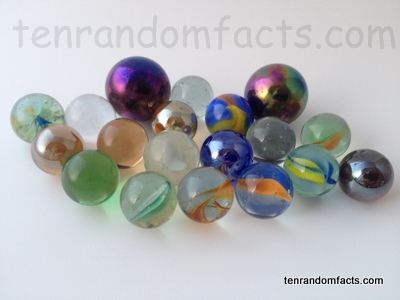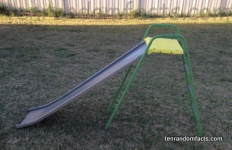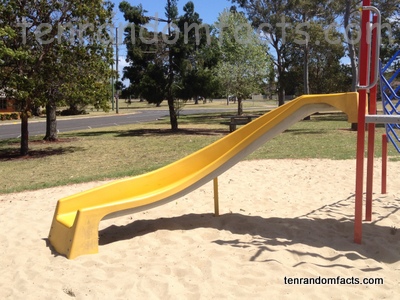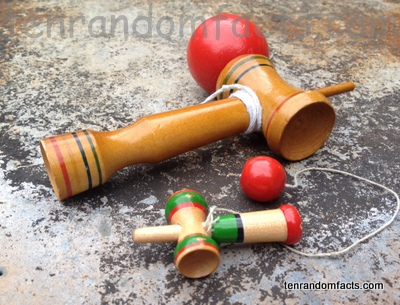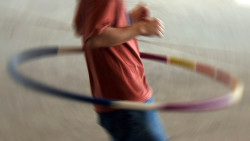
Hula hoops are all worth the spin.
- A hula hoop is a ring-shaped toy that is generally spun, thrown or rolled for entertainment or exercise.
- Hula hoops are most commonly twirled, known as ‘hooping’, around the waist, but other parts of the body, including arms, legs and neck, are also used.
- Most hula hoops are tubes produced from a lightweight plastic, however wooden and metal versions exist.
- Hula hoops typically range from 75 to 107 centimetres (29 to 42 inches) in diameter, and the size varies according to the purpose or size of the person using it, or their personal preference.
- Hula hoops date back to Ancient Egypt and Ancient Greece, and were used for a similar purpose as they are today, and were a popular toy in England around the 1300s, while around the same time, Native Americans also used them for dancing purposes.
A Hula Hoop
Image courtesy of Tony Fischer/Flickr
- Originally hula hoops were made from vegetation such as willows, grasses or grapevines twisted into rings.
- A modern hula hoop craze is said to have started in the 1950s in Australia, while the American company Wham-O produced plastic hula hoops in the late 1950s, which sparked the fad in the United States, where millions of hoops were sold over a period of two years.
- The longest recorded duration for a single hula hoop to be hooped is 74 hours and 54 minutes, a record set in Ohio, United States by Aaron Hibbs in late 2009.
- The term ‘hula’ in ‘hula hoops’ is derived from the Hawaiian hula dance that features similar movements to that in hooping.
- While hula hoops have been used in fitness regimes, they are most commonly used for self-entertainment; and they have also been used skilfully to do tricks.
Bibliography:
History of Hula Hooping, 2013, Hula Hooping, http://www.hulahooping.com/history.html
Hula Hoop, 2016, Wikipedia, https://en.wikipedia.org/wiki/Hula_hoop
Who Invented the Hula Hoop?, 2016, Wonderopolis, https://wonderopolis.org/wonder/who-invented-the-hula-hoop





